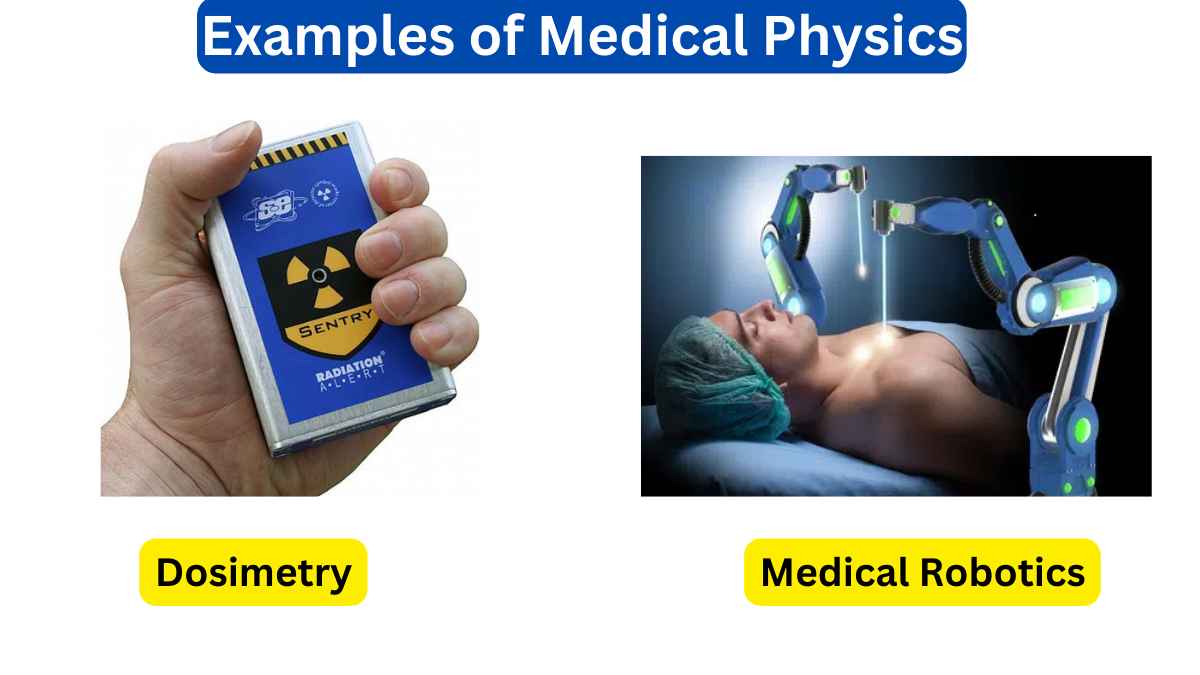10 Examples of Bose Einstein Condensate
Bose-Einstein condensate (BEC) is a state of matter that occurs when a large number of bosons are cooled to a very low temperature. Bose-Einstein condensates have uses in quantum simulation, gyroscopes, atom lasers, interferometry, and quantum computing.
Examples of Bose-Einstein Condensate
Bose-Einstein condensates are an exotic state of matter first predicted by Einstein and Bose. Here are 10 ways they are being used.

1. Superfluid helium-4
Superfluid helium-4 is a type of BEC that is made up of helium-4 atoms. It is a very cold liquid that flows without friction. Superfluid helium-4 is used in a variety of applications, such as cryogenics and medical imaging.
2. Superconducting materials
Superconducting materials are made up of atoms that can form BECs. When these materials are cooled to a very low temperature, they lose all electrical resistance. Superconducting materials are used in a variety of applications, such as MRI machines and particle accelerators.
3. Lasers
Lasers are made up of photons that are all in the same quantum state. This is achieved by stimulating the emission of photons from a BEC. Lasers are used in a variety of applications, such as telecommunications and surgery.
4. Atomic clocks
Atomic clocks are based on the fact that the frequency of light emitted by atoms depends on their temperature. By cooling atoms to a very low temperature, their frequency can be precisely controlled. Atomic clocks are used in a variety of applications, such as navigation and telecommunications.
5. Quantum information processing
Quantum information processing is a field of study that is concerned with the development of new technologies that exploit the properties of quantum mechanics. BECs are being explored as a possible platform for quantum information processing, as they can be used to store and manipulate quantum information.
6. Cosmology
BECs are thought to play a role in the early universe. In the early universe, the temperature was very high, and all particles were in a state of BEC. As the universe expanded and cooled, the particles condensed out of the BEC and formed the stars and galaxies that we see today.
7. Neutron stars
Neutron stars are very dense stars that are made up of neutrons. The neutrons in neutron stars are thought to form a BEC. This BEC gives neutron stars their unique properties, such as their strong magnetic fields and their ability to emit gravitational waves.
8. Dark matter
Dark matter is a mysterious substance that makes up about 85% of the matter in the universe. Dark matter is thought to be made up of weakly interacting massive particles (WIMPs). Some scientists believe that WIMPs could form BECs.
9. Quark-gluon plasma
Quark-gluon plasma is a state of matter that is thought to have existed in the early universe. It is made up of quarks and gluons, which are the fundamental particles of matter. Quark-gluon plasma is a very hot and dense state of matter, and it is thought to be a BEC.
10. Quantum computers
Quantum computers are a type of computer that uses the principles of quantum mechanics to perform calculations. BECs are being explored as a possible platform for quantum computers, as they can be used to store and manipulate quantum information.
These are just a few examples of Bose-Einstein condensates in everyday life. BECs are a fascinating new state of matter with a wide range of potential applications. As our understanding of BECs grows, we can expect to see even more applications for this amazing substance in the years to come.

 written by
written by 





Leave a Reply